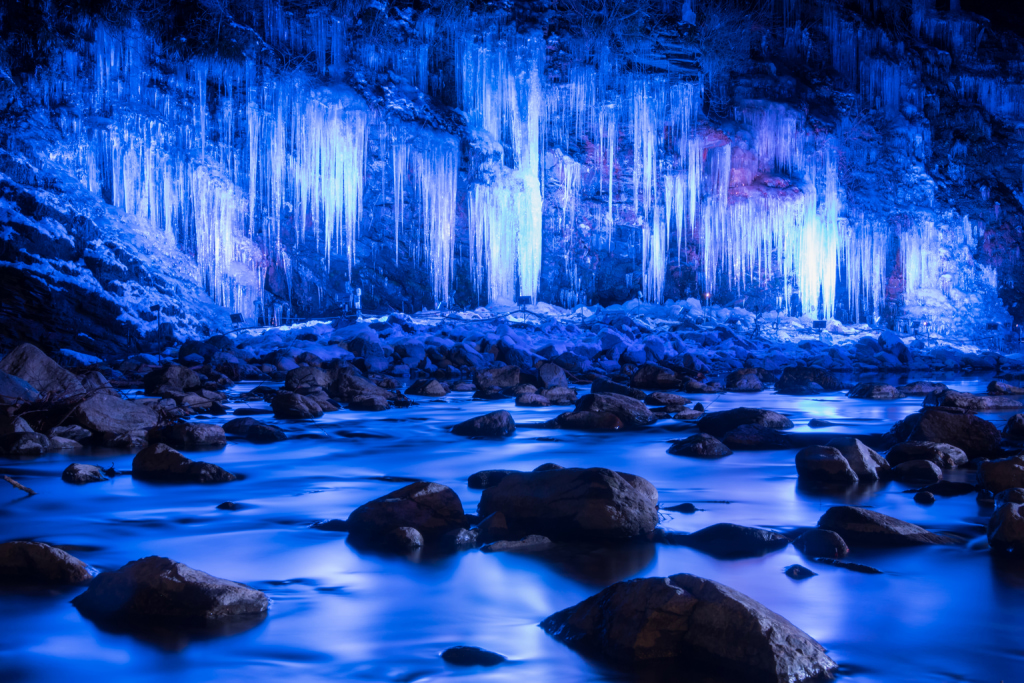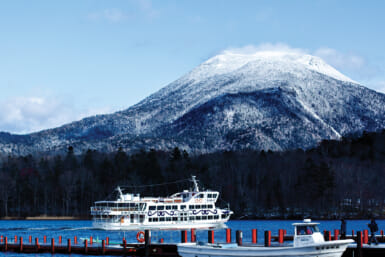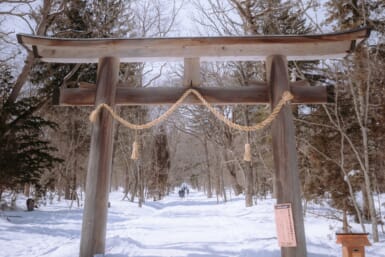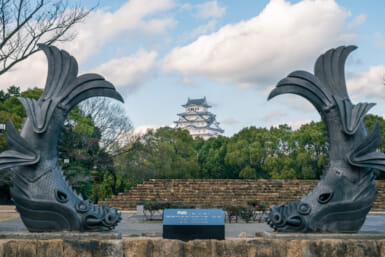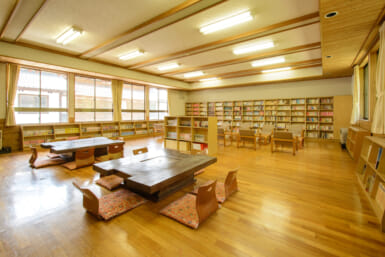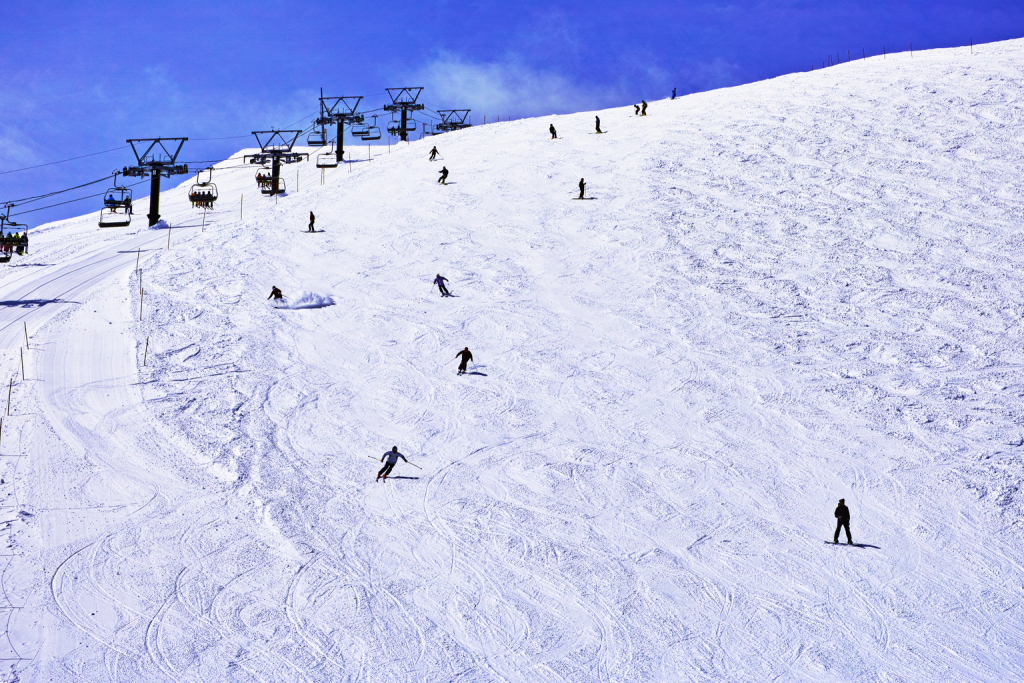
1. Try Winter Sports in Karuizawa
Skiing, Snowboarding and Soba
For Tokyoites looking to make the most of the snow, head to Karuizawa for a quick jaunt. Just over an hour away from the capital by bullet train, the area is famed for its powdery snow and wide variety of ski slopes.
Known as the earliest ski resort to open its doors each year, keen skiers, snowboarders and skaters can enjoy the exhilarating trails from November through to April. There are a range of courses across Karuizawa, catering to people of all levels. First-timers are welcome too, with many resorts offering beginners classes in English.
Even those who don’t partake in the sporty side of things can enjoy the parks and resorts. Cable cars to the top of the mountains allow punters to appreciate the spectacular snowy views while sipping on hot amazake. Delicious soba noodles are served at most of the restaurants, allowing visitors to sample famous Nagano Prefecture soba, fresh from the source.
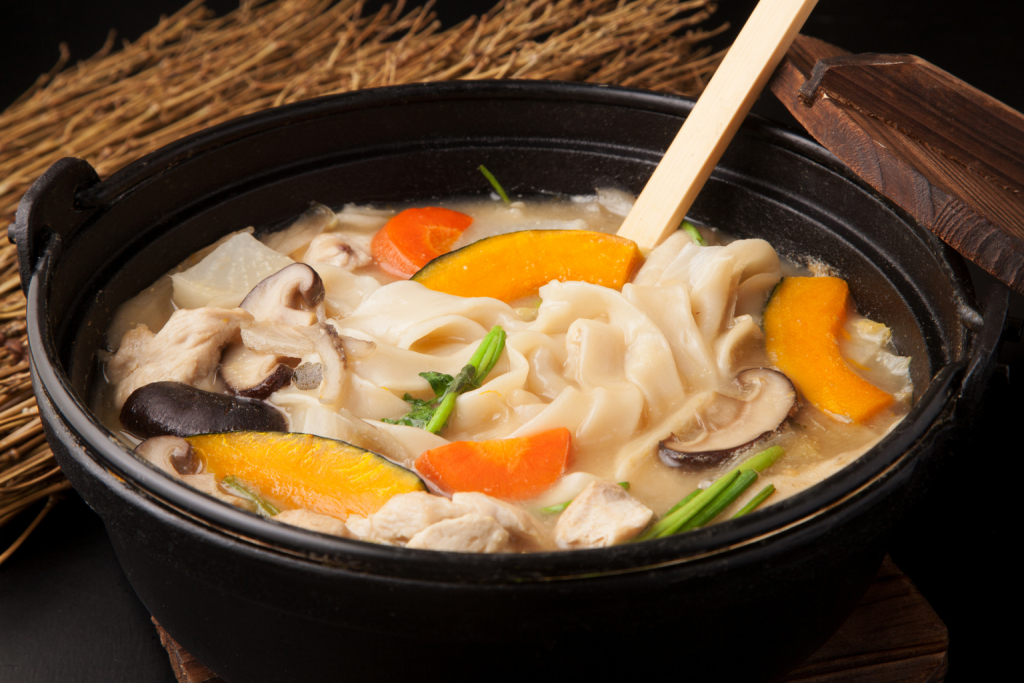
2. Eat Delicious Hoto in Yamanashi
Try Yamanashi’s Ultimate Winter Food
No food says winter in Japan more than a hotpot. Hoto, a local delicacy found in Yamanashi Prefecture, is a special variation on a typical Japanese hotpot. Containing thick, steaming noodles in a miso broth with root vegetables and meat, the hoto hotpot is thicker and stodgier.
As with traditional Japanese hotpots, hoto is made in a big pot, with everyone in the group gathering round as it cooks. If a barbecue on the beach is your idea of a perfect summer night activity, then hoto is your ideal winter meal. Highly recommended is Koshu Hoto Kosaku. It’s the real deal.
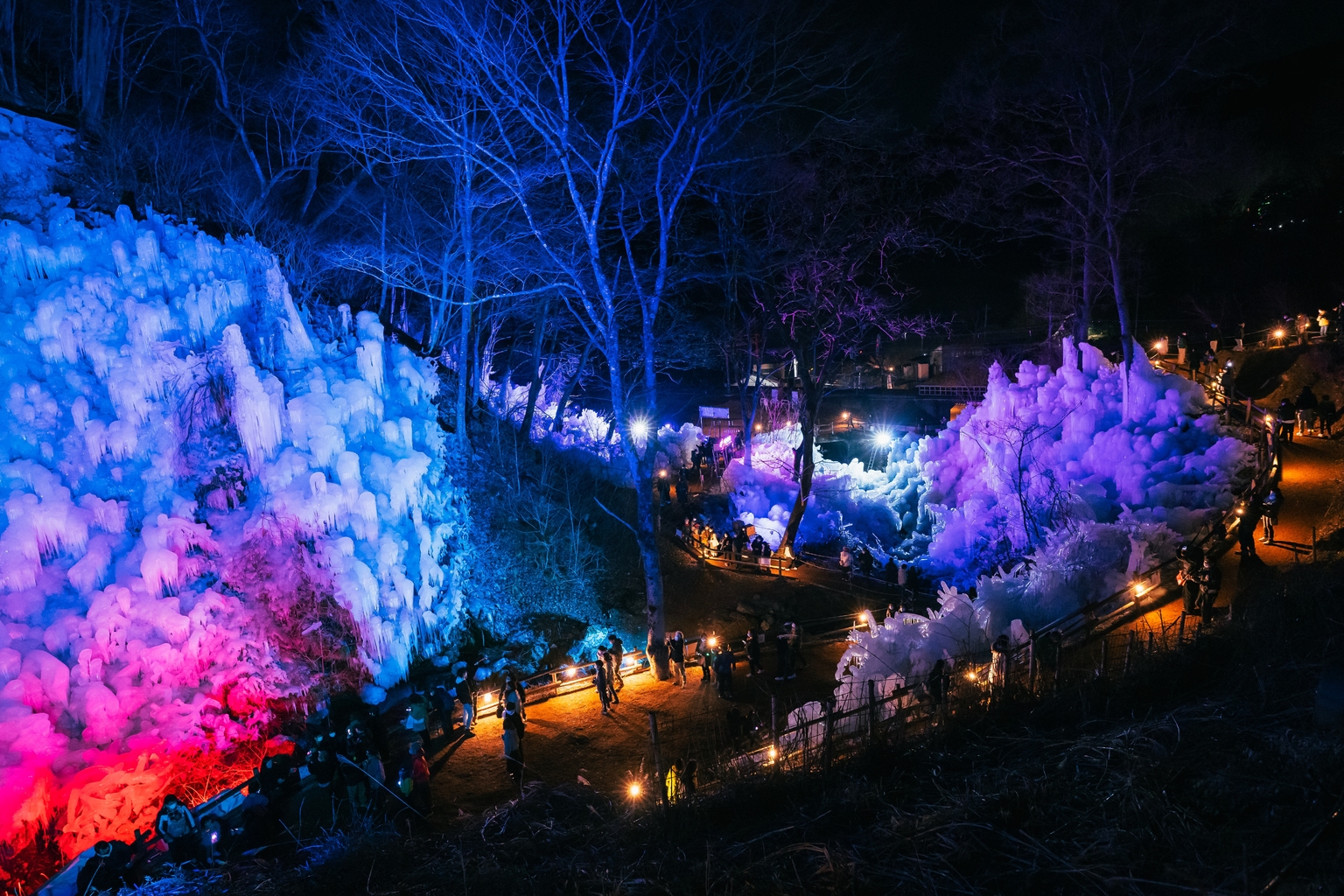
3. Admire Icicles in Chichibu
Discover Chichibu’s Famous Formations
Chichibu in Saitama Prefecture is a surprising icicle haven, with three of the country’s most impressive icicle formations, known as The Three Icicles of Chichibu.
The best known is the Misotsuchi icicle formation, the only formation that was formed completely naturally. Located on Arakawa River, the 10-meter-tall, 30-meter-wide icicles are an impressive sight. During the Otaki Ice Festival, the icicles are lit up into magical frozen falls. Local campgrounds are on hand to serve hot refreshments and cups of hot sake to visitors.
The next is a surprisingly new addition, discovered in 2015: the Icicles of Ashigakubo. Partly natural, partly manmade, locals help to make these spectacular natural formations even more impressive. One of the icicles is 200 meters tall and 30 meters wide. The formation is easily accessible from the station. Despite being new, it is already very popular.
The third of the trio is the Onouchi Icicles, a formation seen from over a suspension bridge. Locals serve hot drinks for free, including amazake and tea,. They also keep a bonfire going to harness that winter spirit.
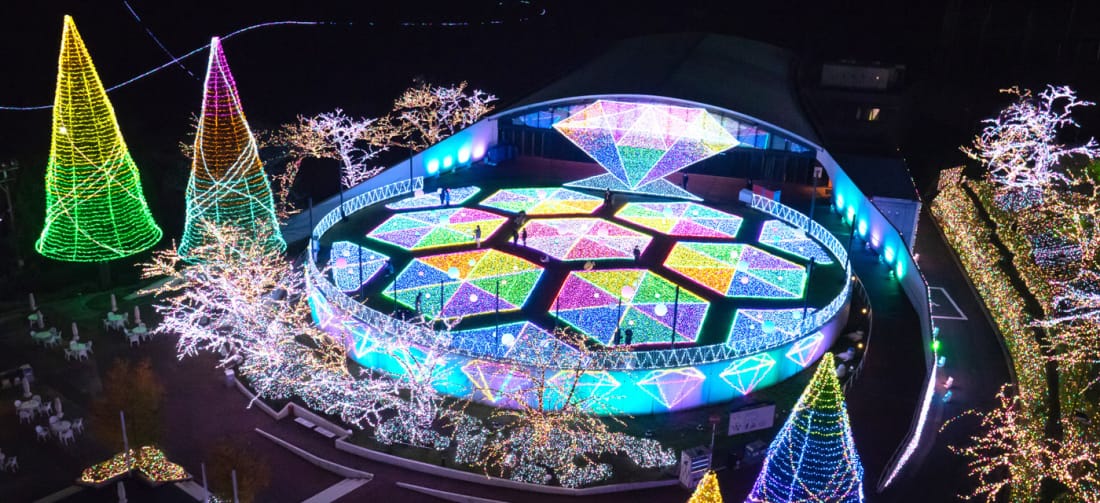
4. Visit a Winter Illumination
A Winter Wonderland
Winter illuminations are one of the best parts of winter — a failsafe activity for the whole family. There are many in Tokyo itself, but how about making a trip out of the capital and heading further afield?
Yomiuri Land theme park in Kanagawa Prefecture is famed for its annual illuminations that turn the park into a sparkling world every winter. Created by Japan’s most famous lighting designer, Mokoto Ishii, many people make the trip to experience the dazzling glow, which features a different theme each year. This year is ‘Jewellumination,’ based on the theme of “Light is Love,” using a record-breaking 6.5 million lights.
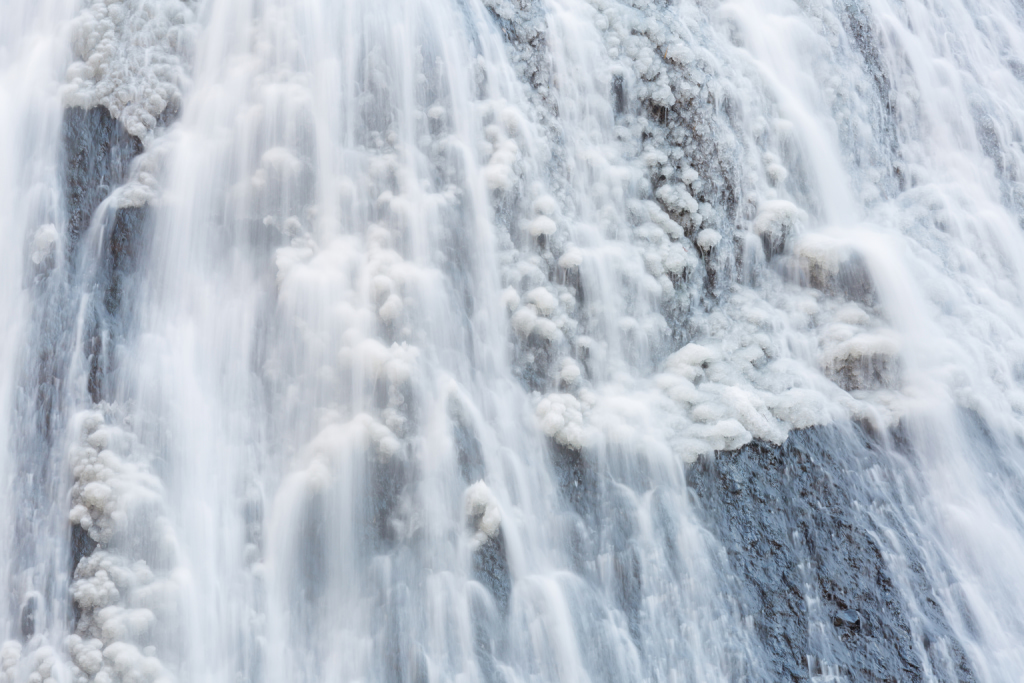
5. Chase Waterfalls in Ibaraki
Head to the Beautiful Fukuroda Falls
Ibaraki is a massively under-appreciated prefecture, and so easy to access from Tokyo, that it makes for a perfect winter day trip. Its famous Fukuroda Falls are subject to a spectacular illumination in the winter months, drawing thousands of visitors each year.
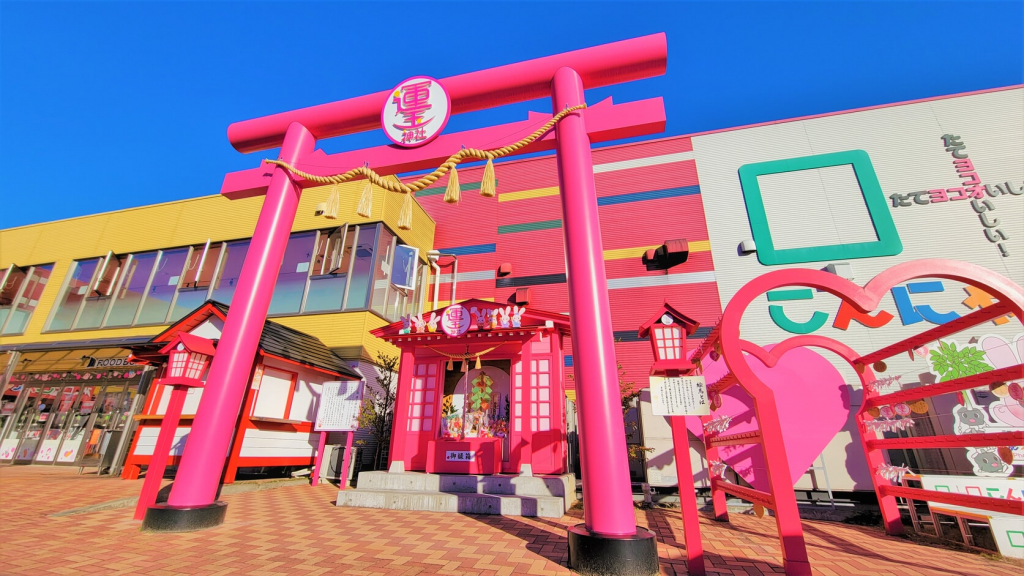
6. Visit Gunma’s Pink Shrine and Enjoy a Free Konnyaku Buffet
Head to Konnyaku Park Gunma
The weather is getting colder but visitors to Konnyaku Park need not worry. Enjoy the delights of konnyaku under cover of the giant Konnyaku Park complex, which houses a variety of konnyaku attractions to please even the most inquisitive of youngsters.
Visitors to the theme park can enjoy learning all about how konnyaku is made and try their hand at making their own. Elsewhere, there is a free all-you-can-eat konnyaku buffet, featuring an all-star lineup of konnyaku products, from shirataki noodles to orange jelly. There is even a shrine to the humble vegetable in bright pink, which doubles as an Instagram-worthy picture spot and looks even better in the snow.
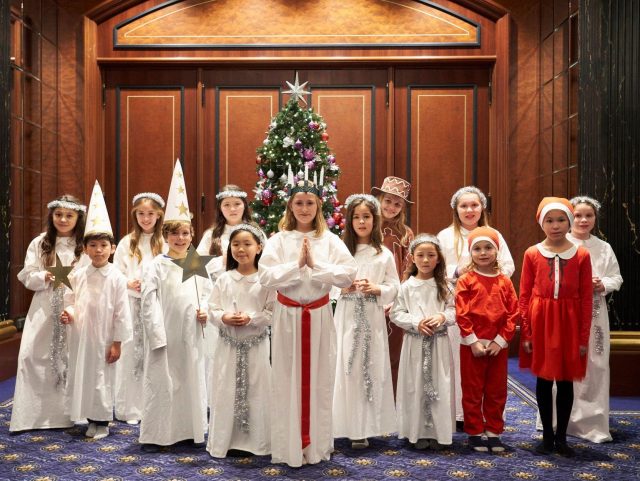 Get in the Christmas Mood
Get in the Christmas Mood
7. At the Metsa Village in Saitama
The delightful Moomin Village in Saitama puts on a cosy Christmas event each year, introducing the world to the wonders of a Scandinavian Christmas. With illuminations, a giant Christmas tree, Christmas drinks and Christmas pie, there’s something for everyone to get into the festive spirit.
Visitors can even try their hand at various Christmas crafts, including make-your-own Scandinavian mugs (kuksa), and enjoy Nordic Christmas carol events.
Other Christmas and seasonal markets include the one at Yokohama Red Brick Warehouse and Roppongi Christmas Market.
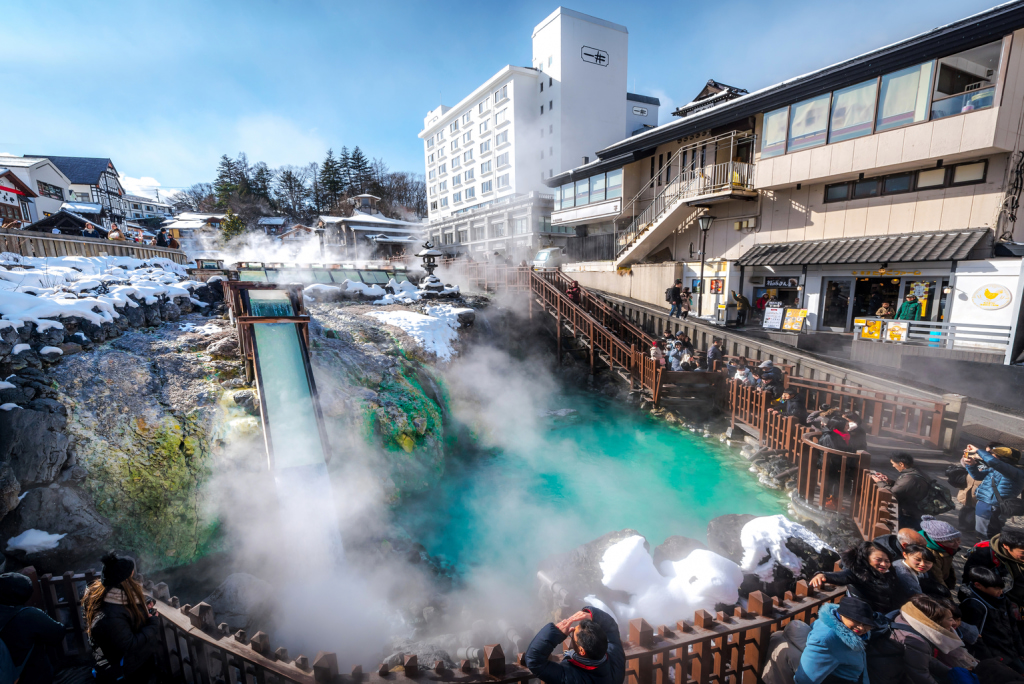
Kusatsu Yubatake | Photo by Infinity T29 via Shutterstock
8. Heat up in an Onsen Town
Soak in Kusatsu Onsen and Watch the Yubatake
Kusatsu Onsen in Gunma is known for its sulfuric hot spring water. While it smells like eggs, it will also have your skin glowing. The onsen town is compact with many Edo-style shops and vendors selling local goods and traditional items. Buy fresh, steaming manju buns from a vendor and the yubatake (hot spring field) in the town center, dressed in pajamas from your ryokan. The hot spring baths are in such close proximity — both to themselves and the hotels — that guests wander the town wearing slippers, heading from one onsen to the next.
Kusatsu takes part in a special stirring tradition known as yumomi. Staff ceremoniously stir the hot spring water with large wooden planks in order to cool it, often singing while doing so. This makes for a surprisingly thrilling spectacle. Guests can experience yumomi throughout the year, but there’s nothing like watching the hot water being stirred amid the frost of winter.

